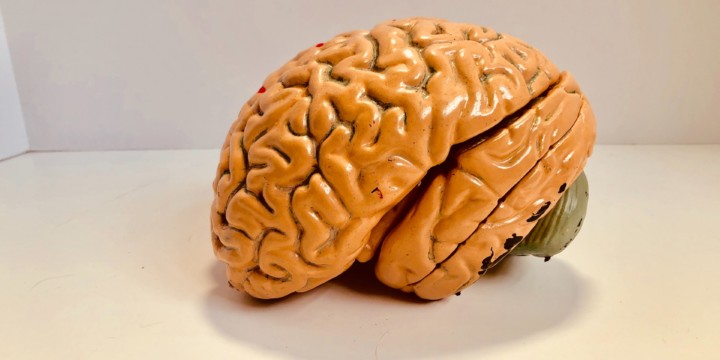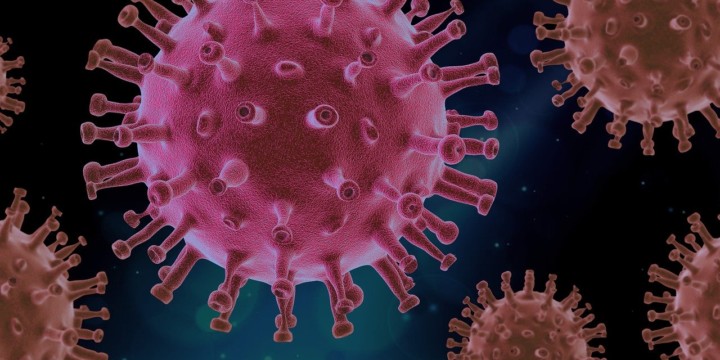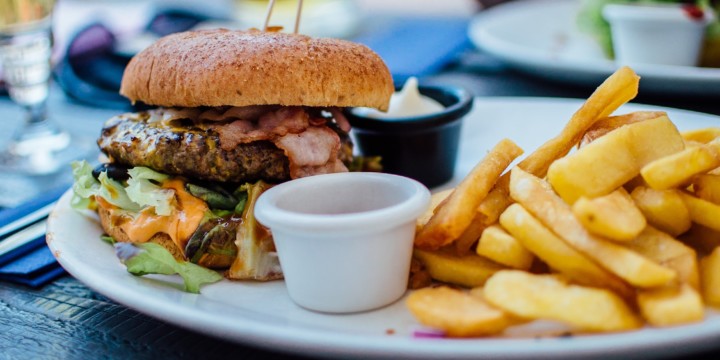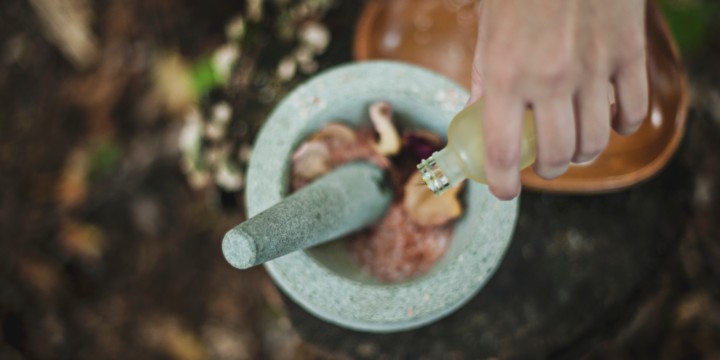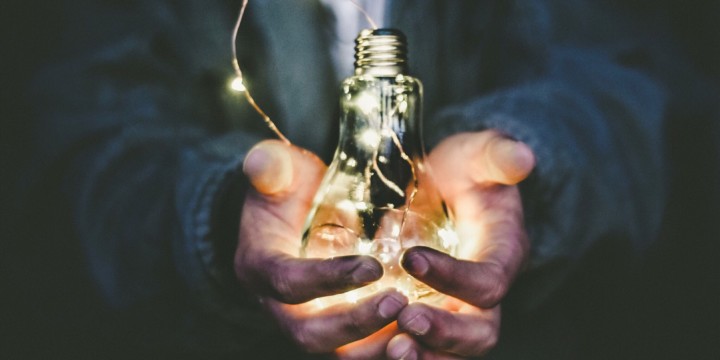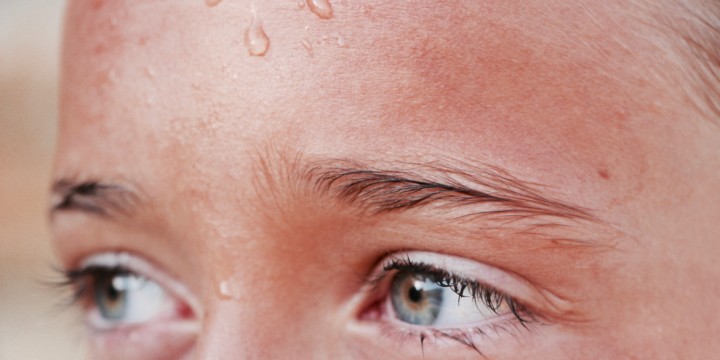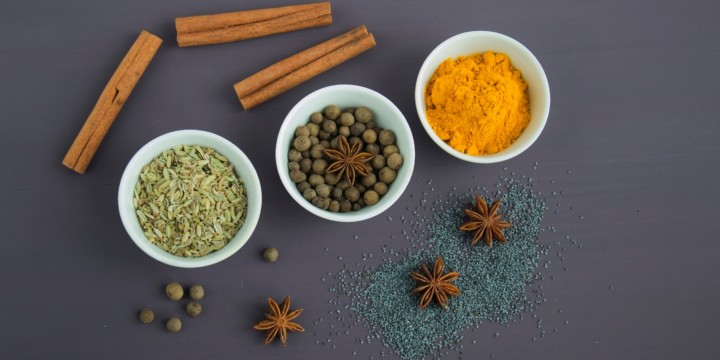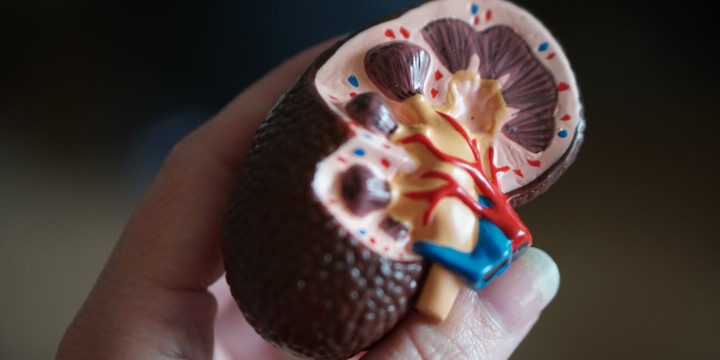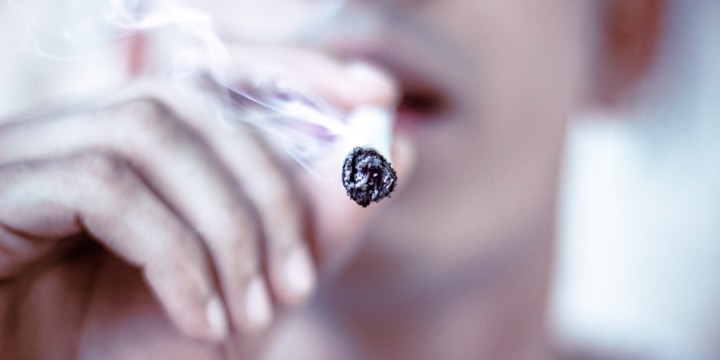Physiology of Lupus
Lupus in Latin means wolf and erythro means red, this explains the reddish butterfly-shaped rash associated with the disease. It is an autoimmune disease in which the body’s immune system mistakenly attacks the healthy tissues in many parts of the body. SLE is a chronic disease that has periods of worsening symptoms that alternate with periods of milder symptoms. The disease affects women more than men and they experience severe symptoms compared to men.
Causes
The exact cause of the disease remains unknown. Below mentioned are the factors associated with the disease
- SLE runs in family, having a genetic predisposition. No single gene associated with SLE have been identified instead multiple genes appears to influence a person suffering from SLE
- Estrogen dominance may also play a role in causing SLE
- Vitamin D deficiency has been associated with SLE
- Environmental triggers such as ultraviolet light, pollution, medications, infections, emotional stress and trauma have been associated with SLE
- Smoking can also be a causative factor of SLE
Symptoms
- A red rash of cheek and nose are known as the “butterfly rash”, this a classic diagnostic sign of SLE
- Severe fatigue along with joint pain and swelling is also associated with SLE
- Fingers turning white and blue and tingling sensation known as Raynaud’s phenomenon
- Blood clotting disorder due to low white blood cell and platelet count
- Blood in urine is usually observed when kidneys are involved
- Chest pain and difficulty in breathing
- A headache, hair loss, mouth ulcers, chest pain and anaemia
Treatment in Allopathy
- Various screening tests and symptoms help the doctor to arrive at a diagnosis and plan the required treatment.
- Anti-inflammatory drugs are given to treat joint pain and stiffness
- Corticosteroids is prescribed to reduce the efficacy of the immune system and reduce the symptoms
- Steroidal creams are used to treat the rashes
- Disease-modifying drugs or immunomodulators are used in severe cases to improve the quality of life.
Ayurveda and SLE
An autoimmune disease occurs when the integrity of the dhatus (tissue) deteriorate and immunity reduces below a point where the body can’t fight the disease, slowly all dhatus (tissues) of the body gets intoxicated and removing toxins from the body becomes a challenge. The primary aim in treating such condition is to restore the body’s immune system so that the body can fight the disease on its own. According to Ayurveda vitiation of Vata dosha is the main cause of SLE.
Treatment of SLE in Ayurveda
The treatment in Ayurveda concentrates in cleansing the system off toxins and strengthening the immune system. Some of the Ayurvedic therapies used are:
Basti: A herbal enema is used to expel the toxins from the gut . This process helps in providing better absorption of nutrients by the body. It also help to bolster the natural defence mechanism of the body.
Swedana: It is a herbal steam bath that helps to remove toxins embedded in deeper tissues. It also promotes blood and lymphatic circulation, hence useful in the treatment of SLE
Abhyanga: The herbal oil massage deeply penetrates the skin, relaxes the body and mind and stimulates the arterial and lymphatic circulation
Udvartana: It is a deeply penetrating herbal massage that help to expel toxins out of the body.
Diet changes
- A sattvic (pure) and a healthy diet containing necessary vitamins, minerals and antioxidants to strengthen the body’s immune system is the best and effective way to prevent and treat lupus
- Fresh fruits such as lemons, oranges and grapefruit are rich in vitamin C; apple, banana, pineapple, melons and peaches are a good source of magnesium that induces the secretion of hyaluronic acid that is very essential in maintaining the integrity of the tissues.
- A meal should contain crisp plate of greens, vegetables and entire grains
- Non-vegetarian diet is better avoided as it prolongs the gastric emptying and adds to the accumulation of toxins in the body
- Avoid oily and spicy food
- It is better to indulge in organic products
- Sporadic nourishment timings, daytime resting and eating stale food should be shunned as this can cause toxin accumulation
Lifestyle changes
- Have a regular sleep and wake up cycle as this is beneficial in strengthening the immune system
- Avoid allergens and chemicals as it can flare up the symptoms
- Avoid smoking and taking intoxicants
- Protect the uncovered parts of the body from radiation of the sun
- Regular exercises and yoga can keep the body, mind and soul sound
- Rest is very essential to maintain the integrity of body and mind, get plenty of it
Ayurvedic herbs
- Herbs like Ashwagandha (Withania somnifera), Suvarna bhasma, Gokhru (Tribulus terrestris), Vidarikand (Pueraria tuberosa) strengthens the immune system.
- Shatavari, Kanchanar guggulu help to prevent the severity of the symptoms
- Curcumin (curcumin longa), Wheat grass (thinopyrum intermedium), Hareetaki (terminalia chebula) have antioxidant property, increases immunity and prevents inflammation
- Pippali (piper longum) purifies the blood and cleanses the lymphatic system.
- Amalaki (phyllanthus emblica) balances all the three doshas.
Yoga and Pranayama
Yoga improves flexibility, mobility, physical energy and mood. Regular practice of asanas such as tadasana (mountain pose), ustrasana (camel pose), cobra pose and swastika asana improves blood circulation, reduces pain, swelling, relieves congestion and increases metabolic activities which are very essential in treating SLE
Three-part breathing or Dirgha is a long, slow breathing through the nostrils that uses the entire lung capacity. This pranayama reduces the severity of the disease and exacerbation of the same. Dirgha pranayama balances the body’s immune system through the positive energy created. Apart from Dirgha, Anulom Vilom, Bhastrika, and Bhramari pranayama induces a relaxation response, reduce muscle tension and is beneficial in pain management.
Naturopathy and SLE
Lupus causes symptoms both directly due to inflammation and indirectly due to worsening stress levels. Research shows that healthy, unprocessed diet and stress-free mind is very essential in treating SLE
Naturopathic treatment of SLE
Epsom salt bath with lukewarm water infused with lavender oil and colloidal oatmeal powder for extra moisture is the best way to detox and alleviate skin irritation caused by SLE. Apart from these colon cleansing, steam bath, hydrotherapy , lymphatic massages, kidney and liver packs are used to cleanse the body off accumulated toxins.
Diet changes
- Anti-inflammatory food such as turmeric, ginger, basil, cumin, lemon, melon, peas, cucumber, broccoli and onion are beneficial in treating the symptoms
- Fried food, fast food and packed food can lead to inflammation and heart ailments.
- Patients with lupus have a hard time metabolising fats and should limit cheese, red meat and packed foods.
- Since lupus can damage the kidney its best to have low sodium diet and reduce the salt intake to avoid burdening the kidneys and fluid retention
- Sprouts, peanut, soybeans and alfalfa seeds are rich in amino acid L-canavanine that is believed to trigger SLE flare in few patients, hence best if avoided
- Organic food, raw vegetables, wild caught fish, bone broth, nuts, coconut, milk and water are healing diet for patients suffering from SLE
Lifestyle modifications
- Alcohol, cigarette smoking, recreational drugs and caffeine can cause anxiety, damage the liver, cause dehydration, worsen inflammation and cause sleep disturbances
- Exercise, yoga and meditation reduces joint pain, alleviates stress, improves with sleep quality, makes heart and lung stronger, strengthens bones, improves flexibility and range of movement
- Keeping oneself occupied with various pleasurable activities reduces stress and symptoms of SLE
- Sleep in cool and dark room, avoid artificial light and switch off electronic gadgets at least an hour before sleep
- Avoid unnecessary exposure to sunlight as it can irritate the skin and cause the red patchy lesion, use a sunscreen with SPF 50 or higher
- Use jojoba oil, coconut oil or shea butter to moisturise the skin
- Avoid hot sure instead lukewarm water is preferred to preserve the natural oils in the skin
Botanical Herbs
- Green superfood supplements such as spirulina, moringa, calendula, astralagus and shitaki mushroom are rich in antioxidant and contain an anti-inflammatory property which is essential in treating SLE.
- Turmeric works similar to a steroid which combats inflammation and pain
- Essential oil made of helichrysum supports the nervous system and has properties that can reverse the effect of autoimmune disease when taken internally or applied on the neck.
- Frankincense oil reduces inflammation when taken internally with water (3 drops), three times a day
- Lavender oil and geranium oil used to treat skin inflammation and ginger oil is used to aid digestion in patients suffering from SLE.
- Aloe vera pulp can be mixed with honey and applied on the skin to reduce inflammation and redness and aloe vera juice when taken internally works systemically to reduce SLE symptoms.

